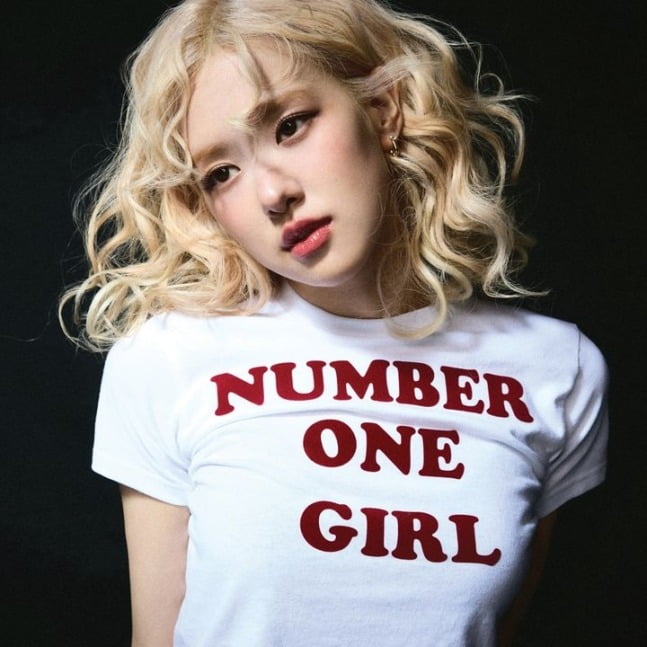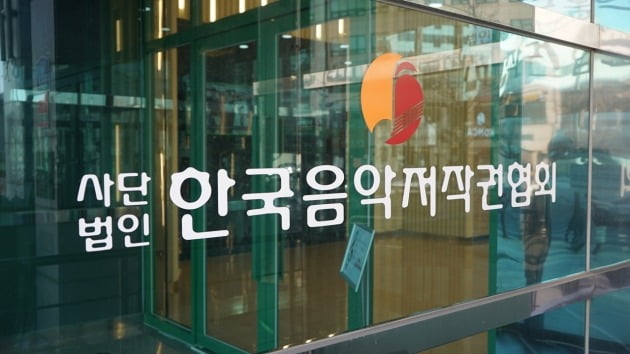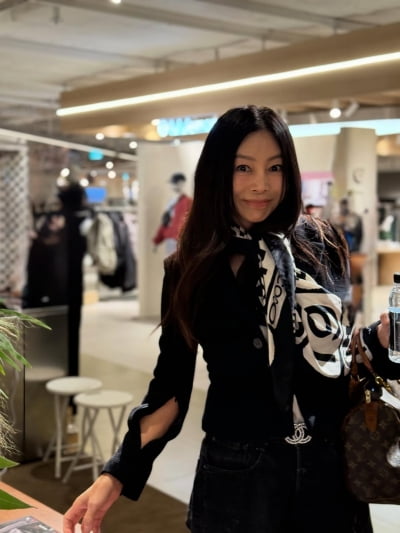ENTERTAINMENT
K-Pop Royalties: The Complex Distribution Structure Impacting Artists' Earnings


Lee Min-kyung from TenAsia sounds the alarm on the rapidly evolving entertainment industry, highlighting unseen issues and alerting to threats and changes surrounding the entertainment world.
K-Pop royalties are shrinking due to the complex distribution structure of the domestic industry. The recent departure of BLACKPINK's Rosé from the Korea Music Copyright Association (KOMCA) is not unrelated to this issue. There are calls to review and restructure the industry to enhance K-Pop's competitiveness.
KOMCA's recent report, 'In-depth Analysis of Domestic and International Music Streaming Markets,' highlights that the share of music revenue going to creators in South Korea is less than in major developed countries. According to the report, only 10.5% of streaming revenue is distributed to copyright holders in Korea, compared to 12.3% in the US, 16% in the UK, and 15% in Germany. Meanwhile, domestic streaming platforms like Melon take a 35% share, higher than the average of less than 30% in major countries like the US, UK, Germany, and Japan.
KOMCA noted, "In 2008, platforms like Melon took 57.5%, leaving only 5% for copyright holders. Although there has been some improvement, the platform's share remains high compared to other countries." They added, "Efforts are being made to address this, but it requires agreement among parties and approval from the Ministry of Culture, Sports and Tourism, making it challenging."

In Korea, various copyright management organizations, including KOMCA, the Korea Music Performers Association, and the Korea Entertainment Producers Association, require a portion of music revenue as management fees, further reducing the share for domestic copyright holders. B explained, "In major countries, copyright management organizations often only handle 'performance revenue,' not music revenue."
The speculation that Rosé's decision to leave KOMCA is related to these distribution fees is gaining traction. Rosé pays fees to local publishers for overseas music revenue. If she receives revenue through KOMCA, she must pay additional fees to domestic copyright management organizations, leading to double fee deductions. Direct transactions with platforms like Apple Music could yield 100 units, but going through domestic distributors reduces it to 60-70 units.

C, a veteran of over 20 years in the music industry, noted, "If agencies try to reduce the share going to major distributors like Kakao, they risk alienating them. Platforms like Melon tend to allocate more banners to major distributors, and agencies rely on these banners to increase streaming revenue for their artists."
There is a growing call within the industry to simplify the complex distribution structure to increase the share of music revenue going to copyright holders, thereby enhancing the competitiveness of the K-Pop industry.
Lee Min-kyung, TenAsia Reporter 2min_ror@tenasia.co.kr



